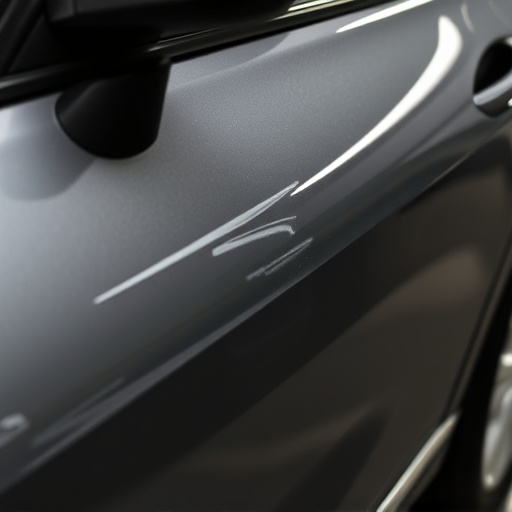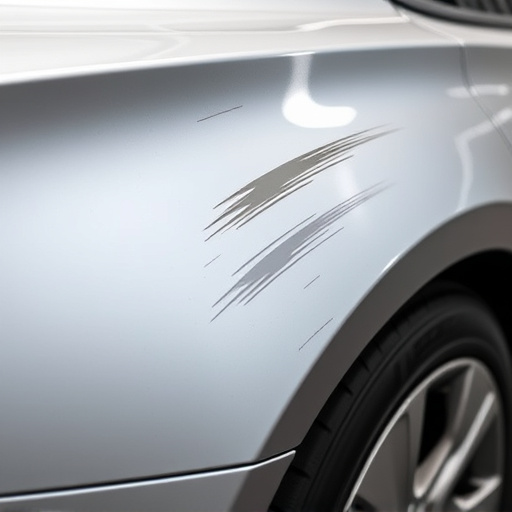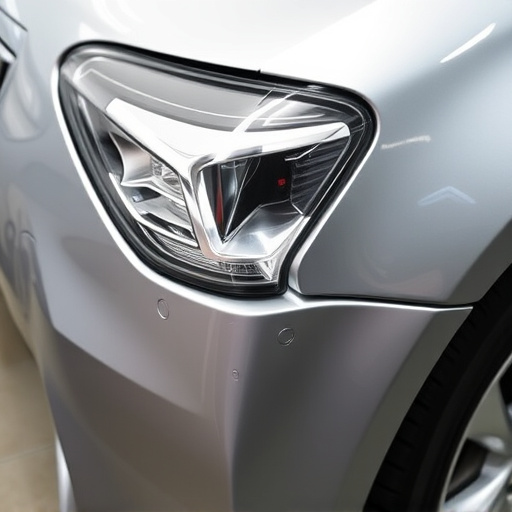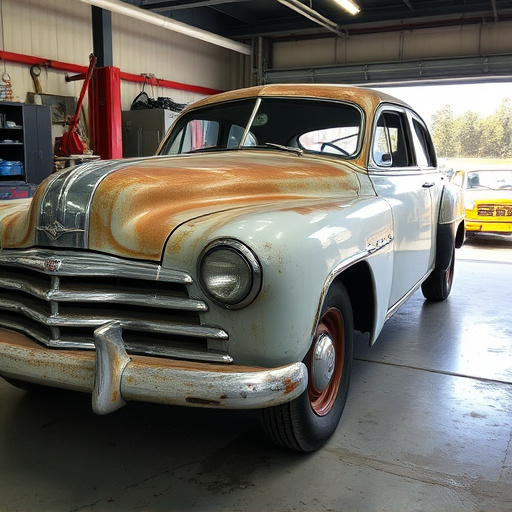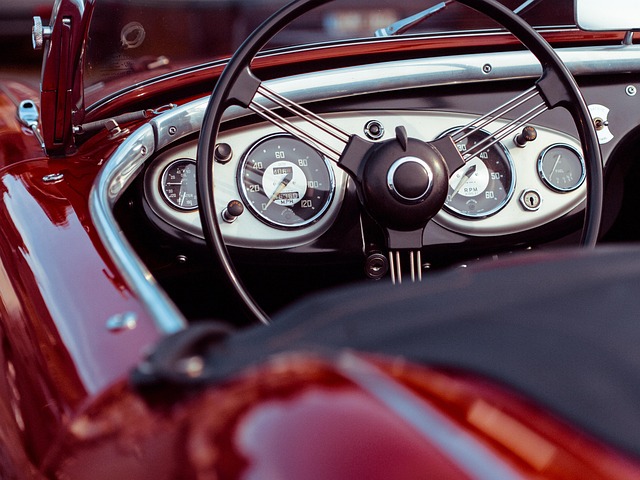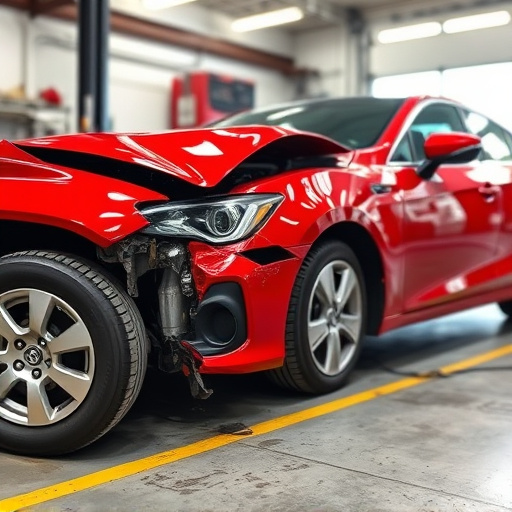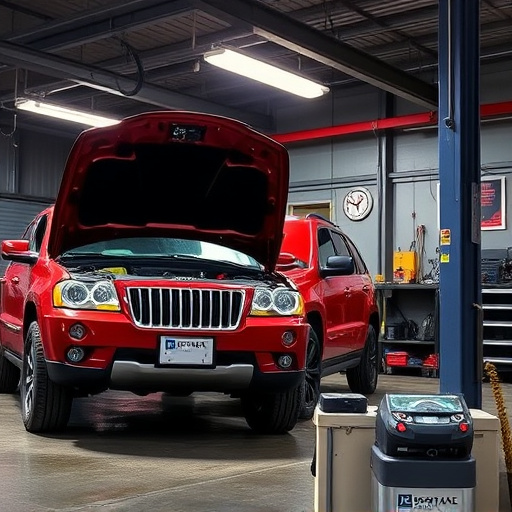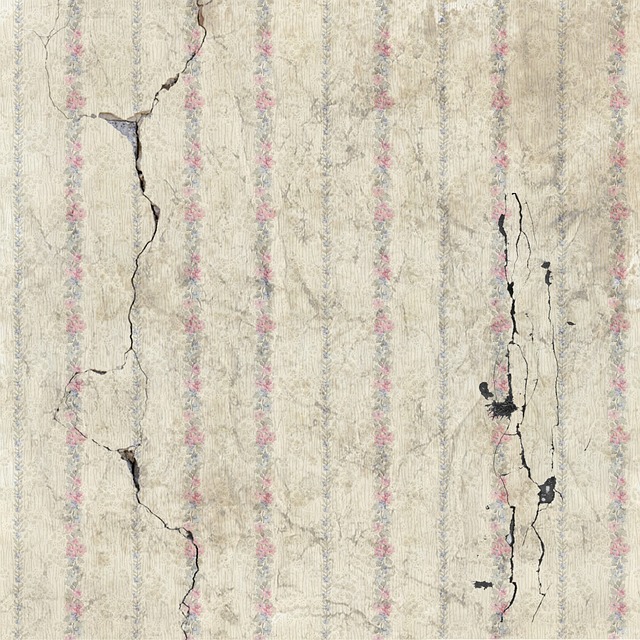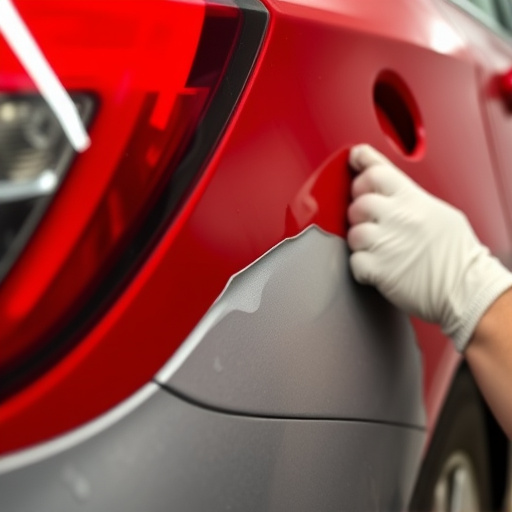Tesla's composite bodies offer advantages but present unique challenges for repairs. Skilled technicians use specialized techniques and tools to match paint and finish precisely, ensuring seamless integration with original bodywork—crucial for high-quality repairs and maintaining the car's aesthetic integrity and market value. The meticulous process includes cleaning, decontaminating, removing damaged material, filling, sanding, expert painting, and thorough inspection under various lighting conditions.
Tesla vehicles, renowned for their innovative design and advanced materials, incorporate composite structures for enhanced durability. However, repairs to these intricate components present unique challenges due to the precise matching of paint and finish required. This article delves into the intricacies of Tesla composite repair, focusing on understanding the materials, mastering color matching, and employing effective techniques for a flawless outcome. By exploring these aspects, you’ll gain valuable insights into achieving top-notch repairs for your Tesla composite parts.
- Understanding Tesla Composite Materials and Their Unique Challenges
- The Art of Color Matching: Achieving Perfect Paint and Finish
- Techniques for Precise Composite Repair: Step-by-Step Guide
Understanding Tesla Composite Materials and Their Unique Challenges
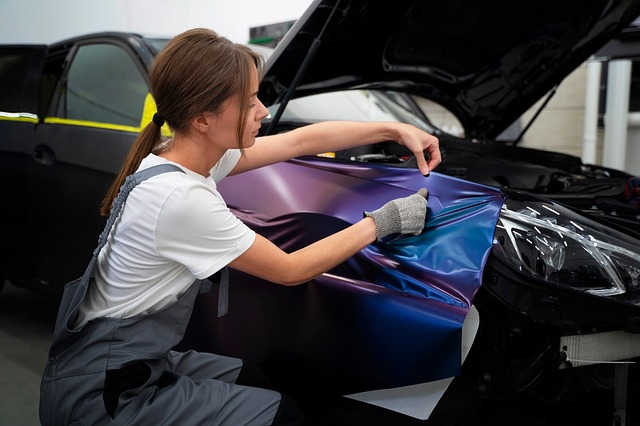
Tesla composite materials, a revolutionary approach to automotive manufacturing, present both unique advantages and challenges when it comes to repairs, particularly in instances like car scratch repair or auto body repair. Unlike traditional metal bodies, Tesla’s use of composite materials—a combination of high-strength fibers and resins—results in a lighter, stronger structure that is highly resistant to corrosion. However, this same material can make repairs more complex.
The intricate nature of composites means that when damage occurs, it requires meticulous attention to detail for successful Tesla composite repair. Even minor imperfections during the healing process can lead to visible discrepancies in paint and finish, impacting the car’s overall aesthetics. Therefore, skilled technicians must employ specialized techniques and tools for precise matching of both color and finish, akin to an art form, to ensure a seamless integration that matches the vehicle’s original state—an essential aspect of any high-quality car bodywork.
The Art of Color Matching: Achieving Perfect Paint and Finish

In the art of Tesla composite repair, achieving perfect paint and finish is a delicate process that requires precision and an eye for detail. It’s not just about matching the color; it involves seamlessly integrating the repaired area with the existing car bodywork to create a flawless, seamless surface. This meticulous task demands specialized skills and knowledge of automotive paint systems.
Professionals in collision centers employ advanced techniques to ensure precise color matching. They start by taking detailed measurements and capturing the unique specifications of the car’s original paint job. With this data, they can mix and blend custom car paint repairs that exactly replicate the vehicle’s original finish, be it a glossy shine or a subtle matte texture. This level of customization is crucial for maintaining the car’s aesthetic integrity and overall value in the market, especially for high-end models like Teslas known for their distinctive composite materials and finishes.
Techniques for Precise Composite Repair: Step-by-Step Guide
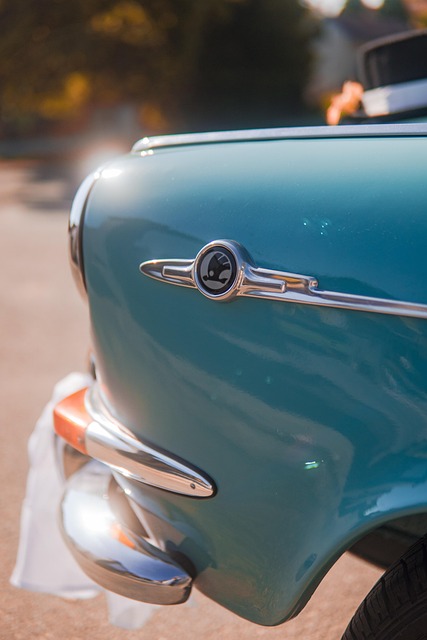
When carrying out Tesla composite repair, achieving precise matching paint and finish is paramount for a seamless result. The process involves a combination of advanced techniques and meticulous attention to detail. First, prepare the damaged area by thoroughly cleaning and decontaminating it to ensure optimal adhesion. Next, carefully remove any loose or damaged composite material using specialized tools designed for auto dent repair and fender repair.
Once the surface is ready, use high-quality body filler to smoothen any imperfections, closely mimicking the original car restoration process. After allowing sufficient time for the filler to cure, meticulously sand the area to create a smooth base. Apply multiple thin layers of paint, taking care to match the original color and finish perfectly. Utilize a mix of traditional and modern tools, such as air brushes and spray guns, for even application. Finally, inspect the work under various lighting conditions to ensure there are no visible defects or inconsistencies in the paint job.
In the realm of Tesla composite repair, mastering paint and finish matching is an art that combines technical expertise with a keen eye for detail. By understanding Tesla’s unique composite materials and employing precise techniques, technicians can achieve flawless results that not only restore damaged vehicles but also maintain their sleek, modern aesthetics. This comprehensive guide has equipped readers with the knowledge to navigate the challenges of Tesla composite repair, ensuring that every repair tells a story of excellence and precision. For those dedicated to Tesla composite repair, the journey towards perfection continues with each project.

